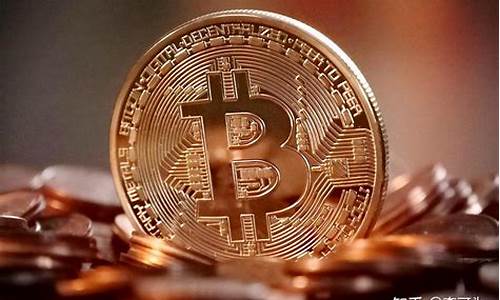
Digital currencies, also known as cryptocurrencies, have been a topic of interest and controversy in recent years. These virtual currencies are decentralized and operate on blockchain technology, which allows for secure and transparent transactions without the need for intermediaries such as banks. In this article, we will explore what real digital currencies are like and how they differ from traditional currencies.
Real digital currencies are created through a process called mining, where powerful computers solve complex mathematical equations to validate transactions and add them to the blockchain. The most well-known digital currency is Bitcoin, but there are many others, including Ethereum, Litecoin, and Ripple. Each digital currency has its own unique features and uses cases, but they all share some common characteristics.
One major difference between real digital currencies and traditional currencies is that they are not backed by any government or central authority. This means that digital currencies are not subject to inflation or monetary policy decisions made by governments. Instead, their value is determined by supply and demand within the market. This can make them more volatile than traditional currencies, as their price can fluctuate rapidly based on news events or investor sentiment.
Another key feature of real digital currencies is their anonymity. Transactions made using digital currencies are recorded on a public ledger called the blockchain, which is visible to anyone with access to the internet. However, users can remain anonymous if they choose to use pseudonyms or other privacy tools. This makes digital currencies appealing to those who value privacy or want to avoid government surveillance.
Despite their potential benefits, real digital currencies also face several challenges. One major issue is their lack of widespread adoption, as many people still prefer traditional forms of payment such as cash or credit cards. Additionally, digital currencies are often associated with illegal activities such as money laundering or terrorism financing, which can undermine their reputation and credibility.
In conclusion, real digital currencies represent a significant shift in the way we think about money and financial transactions. While they offer many potential advantages over traditional currencies, they also come with risks and challenges that must be addressed. As the popularity of digital currencies continues to grow, it will be interesting to see how they evolve and impact our society in the years to come.

















